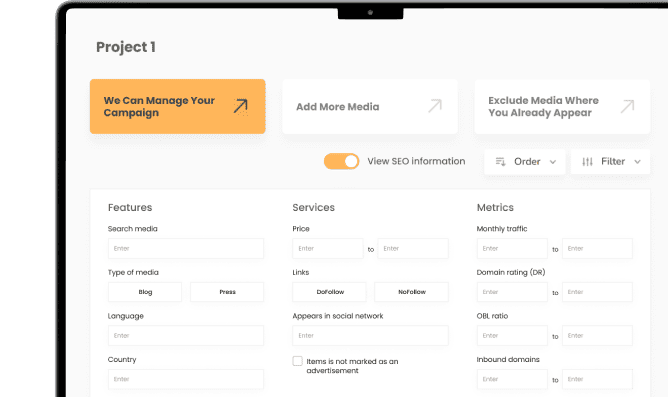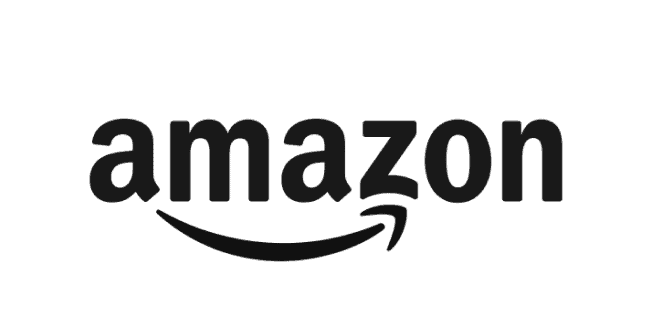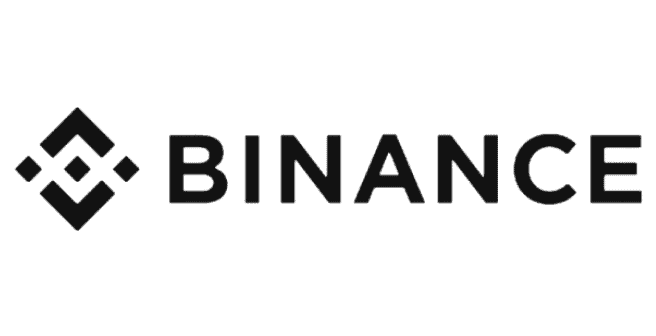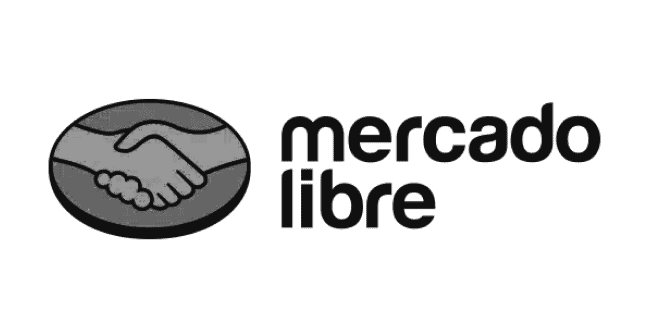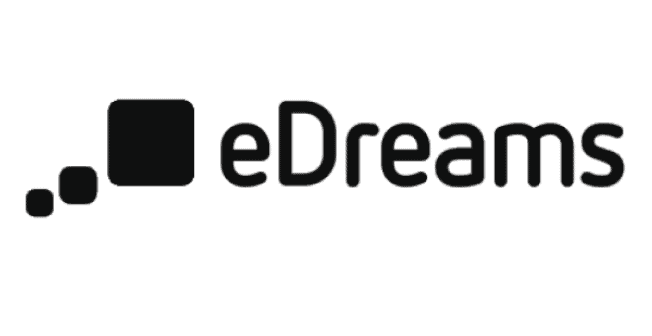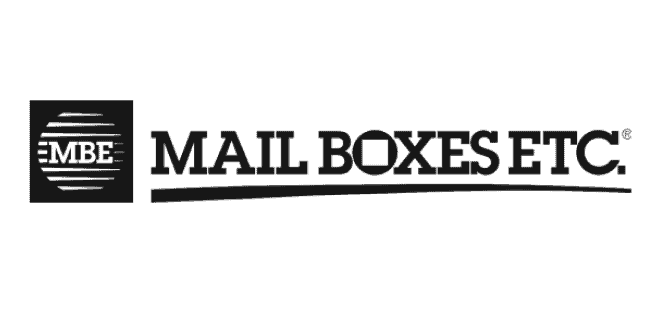Using anchor texts correctly can make the difference between an effective strategy and a penalty from search engines. In this article, we will explain what anchor texts are, their importance, the different types available, and how to use them optimally according to the results of our Annual Link Building, PR, and Media Study 2025.
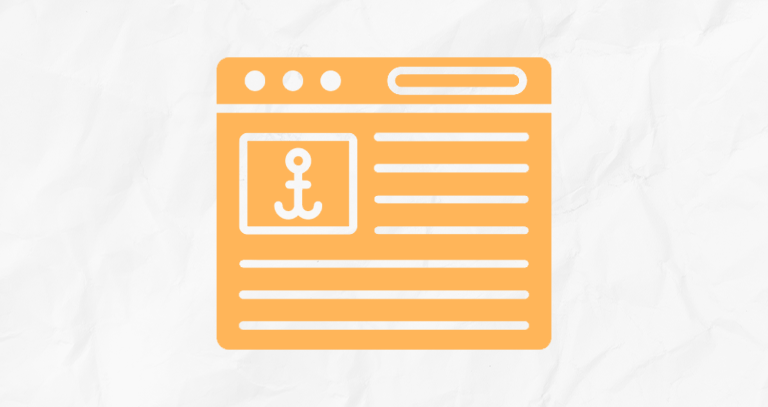
What is an Anchor Text?
An anchor text is the visible and clickable text of a hyperlink. Its main function is to provide context to both users and search engines about the content of the destination page. Google and other search engines analyze these texts to understand link relevance and evaluate the authority of a website. When properly optimized, anchor texts can help improve a page’s ranking in search results. However, excessive or improper use of them can lead to penalties for manipulative ranking practices.
Importance of Anchor Text in Link Building
Using anchor texts correctly is crucial for improving web positioning without violating Google’s guidelines. A natural distribution of anchor texts in a link profile helps reinforce the relevance and authority of a domain without triggering spam patterns. Google interprets anchor texts to understand the subject of the linked page, which can influence its ranking for certain keywords. A well-structured link profile should include a varied combination of anchor texts to avoid appearing artificial or manipulative.
Types of Anchor Texts and Their Evolution According to Our Annual Study
According to our Annual Link Building, PR, and Media Study 2025, the distribution of anchor texts has changed significantly compared to the previous year (2023). Below, we explain each type of anchor text and its relevance:
- Exact Match Keyword: This type of anchor uses the exact target keyword within the link text. For example, if we want to rank for “digital marketing agency,” the anchor text would be precisely “digital marketing agency.” Although it was once widely used, its usage has dropped from 64.23% to 26.50% due to Google’s penalties for over-optimization.
- Generic: These anchor texts do not contain specific keywords and usually include phrases like “click here,” “more information,” or “see more.” Their usage increased by 25.02%, making them the most commonly used type at 29.80% of the total. They are useful for diversifying links and avoiding suspicious patterns.
- Branded: Uses the company or website name as the anchor text, such as “Google” or “Amazon.” This type of anchor dropped from 18% to 14.40%. It is important for strengthening brand authority and building trust among users and search engines.
- Naked URL: In this case, the link appears directly as the web address without modification, like “https://www.example.com.” Its usage declined from 10.50% to 5.10%, indicating a reduced dependence on these links in link-building strategies.
- Entity-Based: This type of anchor text refers to the target page through related entities (usually people). Its usage increased significantly from 1.49% to 13.70%, reflecting a greater focus on semantics and associations with recognized entities.
- Other: This category includes a mix of less common anchor types and increased from 1% to 10.50%, suggesting greater diversity and experimentation in anchor text usage.
| Anchor Text Type | Description | Change 2023 / 2024 |
|---|---|---|
| Exact Match Keyword | Contains exactly the target keyword. | Decreased from 64.23% to 26.50% |
| Generic | Uses terms like “click here” or “more information.” | Increased to 29.80% |
| Branded | Includes the name of the company or domain. | Dropped from 18% to 14.40% |
| Naked URL | Shows the full URL as the anchor text. | Decreased from 10.50% to 5.10% |
| Entity-Based | Refers to the target page through related entities. | Increased from 1.49% to 13.70% |
| Other | Less common and experimental anchors. | Increased from 1% to 10.50% |
Anchor Text Length
Our study also analyzed the length of anchor texts used in publications and revealed significant changes compared to the previous year. The data showed an increase in the use of shorter anchor texts, particularly those composed of one or two words, while texts of three or more words experienced a decline.
| Anchor Text Length | Percentage in 2023 | Percentage in 2024 |
|---|---|---|
| 1 word | 13.96% | 33.63% |
| 2 words | 24.03% | 27.77% |
| 3 words | 24.26% | 17.88% |
| 4 words | 18.60% | 10.05% |
| 5 words | 10.20% | 5.22% |
| 6 words | 4.70% | 2.58% |
| More than 6 words | 4.26% | 2.86% |
These data suggest that the current trend favors shorter anchor texts, likely due to a preference for naturalness and a reduced risk of over-optimization. Maintaining a balanced combination of anchor text lengths can help create a more natural link profile and avoid penalties from search engines.
Best Practices for Using Anchor Text in Link Building
To avoid penalties and improve the effectiveness of link building, it is recommended to follow these strategies:
- Diversify Anchor Texts: Avoid overusing exact-match keywords and combine different types of anchors to maintain a natural link profile.
- Prioritize Naturalness: Use anchor texts that integrate organically within the content and make sense in the context of the article.
- Include Semantic Variations: Use synonyms and related terms to enrich the link profile without triggering over-optimization.
- Balance Between Brand and Keywords: Maintain a healthy balance between branded anchors and SEO-optimized anchors, mixing different anchor types.
- Avoid Repetitive Patterns: Do not always link to the same URL with the same anchor text, as this may appear manipulative to search engines.
- Ensure Thematic Relevance: Make sure that the link context aligns with the content of the target page, as irrelevant links can be less effective or even harmful.
- Monitor and Adjust the Strategy: Regularly analyze the link profile and make adjustments if patterns of over-optimization or unnatural practices are detected.
Proper use of anchor texts is a key factor in any link-building strategy. The evolution shown in the 2025 study reflects greater diversity in anchor usage, with a decline in exact-match keywords and an increase in generic and entity-based texts. This indicates that Google is rewarding more natural and balanced strategies. Following these trends and applying best practices will help improve a website’s authority without risking penalties, ensuring an effective and sustainable link-building strategy in the long run.
Check out the full study here

